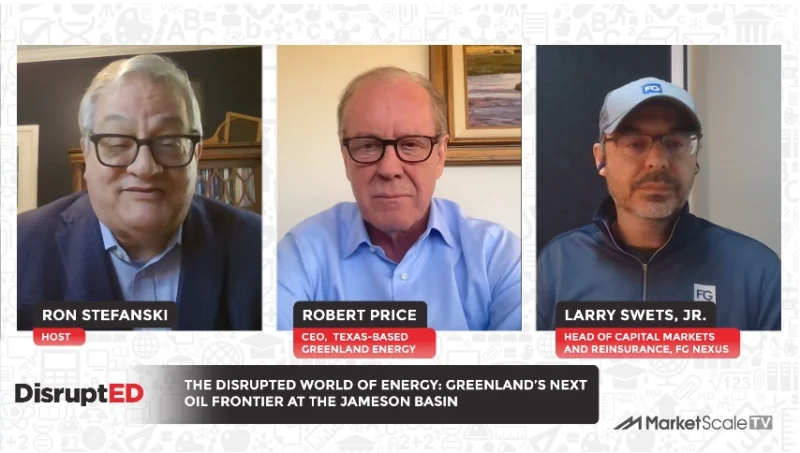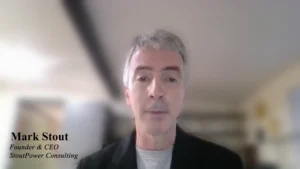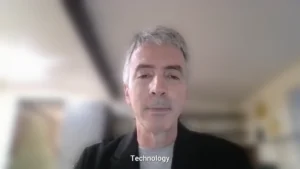Why We Need To Look At The Supply Chain Differently
Seen in homes, grocery stores, and across the globe, the past years of pandemic and extreme-weather related events wreaked havoc on a weakened supply chain, effecting industries around the world. Permanent changes and shifting markets caused by this economic disruption are both difficult to predict and difficult to manage. However, while these events exposed major deficiencies in the supply chain, mitigating risk should be at the center of implemented strategies moving forward.
Sam Stewart, Manager for the Process & Technology Group with Opportune Partners LLP observes the lack of preparedness around the globe, “Many industries lack, you know, essential infrastructure needed to transport goods globally. We know that the global supply chain has always had its issues, as I mentioned before, the pandemic and, you know, some extreme climate events really pushed it to the brink.”
Finding solutions, Stewart notes, must start at an operational level, “Many companies lacked insight into their own supply chain failures due to outdated technology or even operational issues.”
During the height of lockdowns in the pandemic, consumers were not commuting to work or for leisure. U.S. petroleum consumption dropped during this time to the lowest level in decades, “If you think about it from the refining side, ‘how does it impact refining across North America?’ And the refining capacity, or production, you know, dropped significantly, so much that five U.S. refineries permanently shutdown,” states Stewart, noting that these pandemic effects were not felt until several months, even years later.
In Stewart’s blog “Looking Back: Why the Pandemic, Extreme Weather Events Changed the Supply Chain” extreme weather has also been effecting the supply chain, “We have been seeing both hot and cold anomalies that have caused these events.”
During the wild fires a few years ago, the rail system along the Western coast of North America struggled to recover, which effected supply chains and operations. On the opposite spectrum, unprecedented cold in Texas shutdown roughly 45% of the natural gas powergrid across the region, demonstrating a lack of preparation across the system, “Both played a big part in, you know, very very large events across the U.S. and Europe,” says Stewart.
Companies must better prepare and learn to respond proaxtively for the next extreme event. While it’s difficult to navigate and manage operations without knowing the future, utilizing technology can help to better support, respond, report, and grow during unexpected challenges.
“Optimization, forcasting, and reporting are definitely hot topics with a lot of our clients right now and things that people are begnnning to invest in and all center around supply chain,” emphasizes Stewart, noting that obtaining financial and logistical metrics helps businesses build out scenarios and forecast based on, “actual demand not perceived demand.”
Opportune helps companies make sure they have visibility along their supply chain lines to optimize the process, “We will implement a system like Salesforce to, you know, optimize the reporting from an executive level, so that they can kind of see, on their phone, pull it up, and walk through exactly, you know, where they’re at for that day, where they’re low on inventory, where they have issues,” says Stewart.
Salesforce allows Opportune to implement reporting that are customer-facing, Stewart highlights, “Digital transformation can definitely better the business, lower the risks for these unprecedented events” and continue growth for the business into the longterm.








